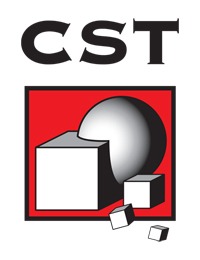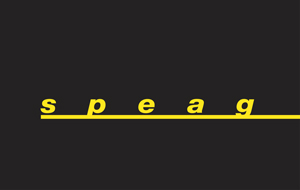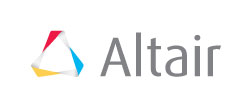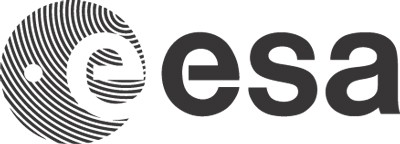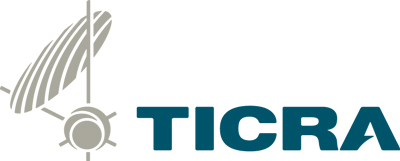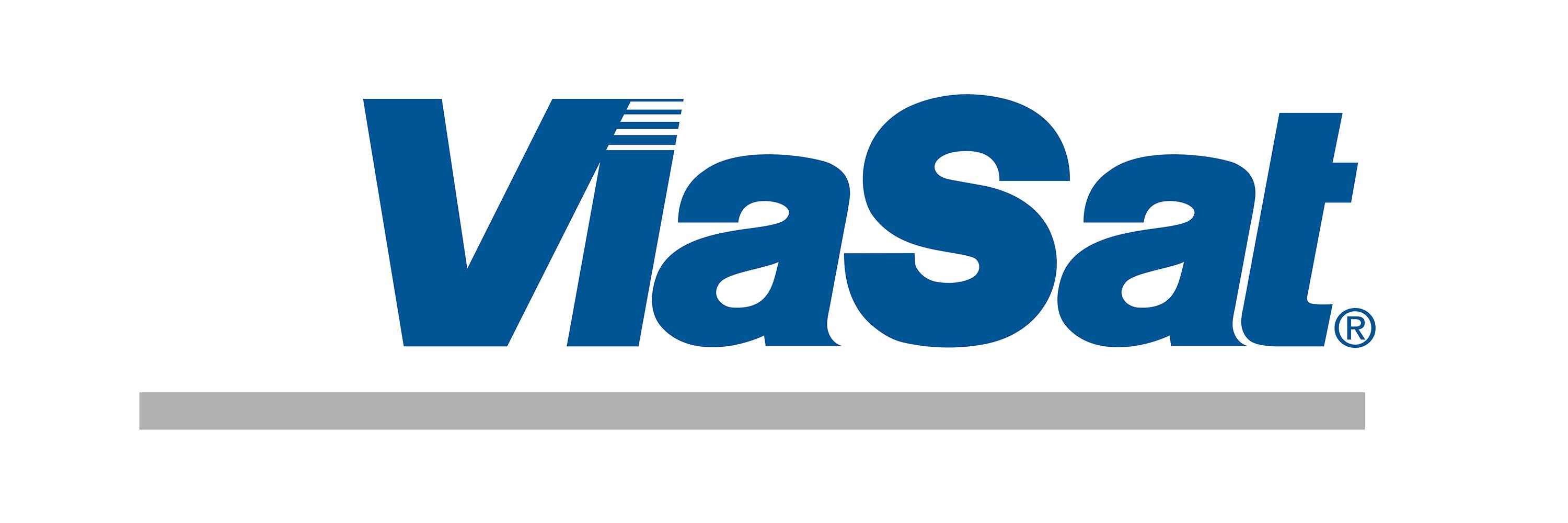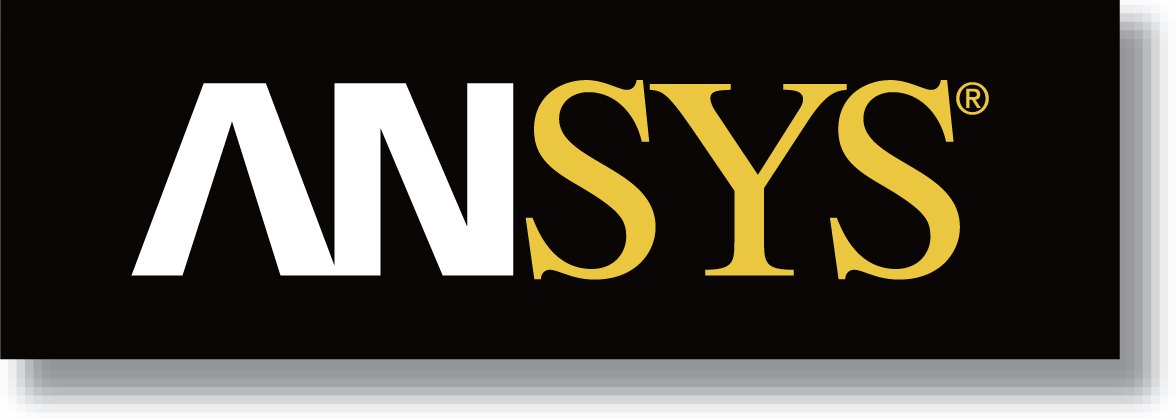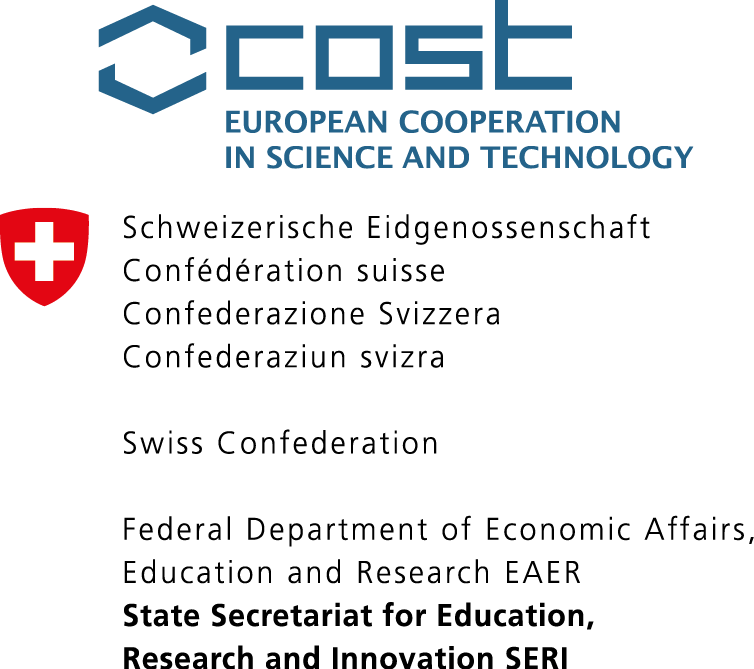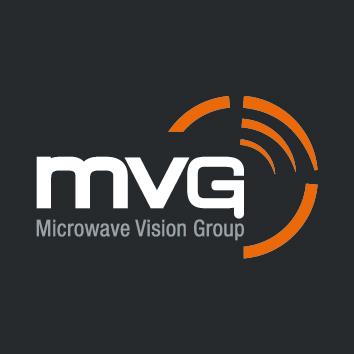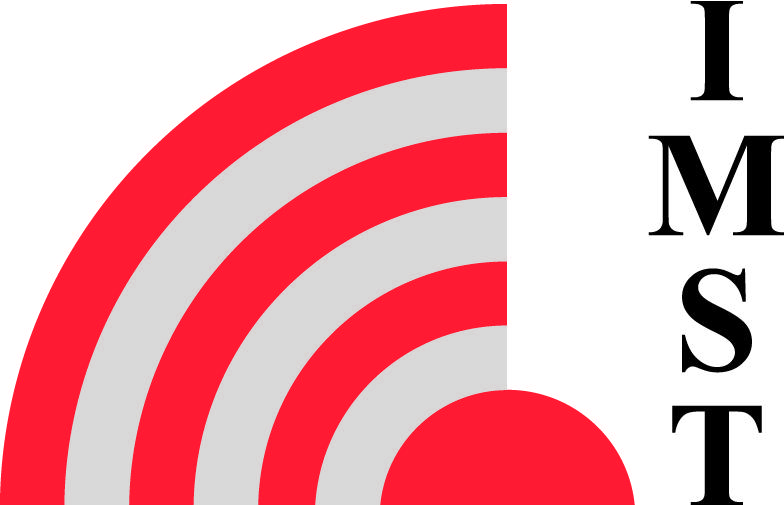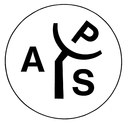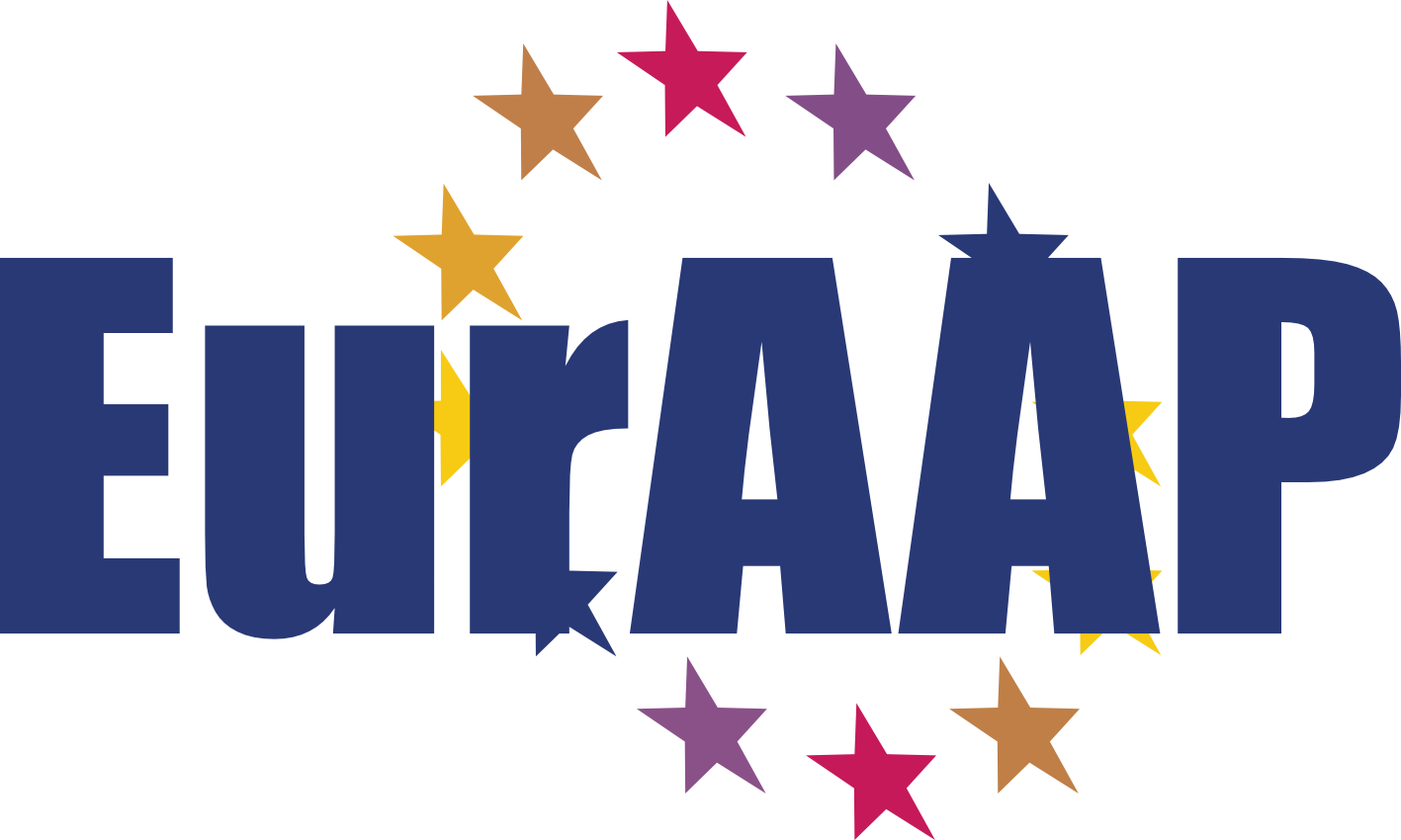SC06: THz Technology and Instrumentation
Miguel Navarro-Cía
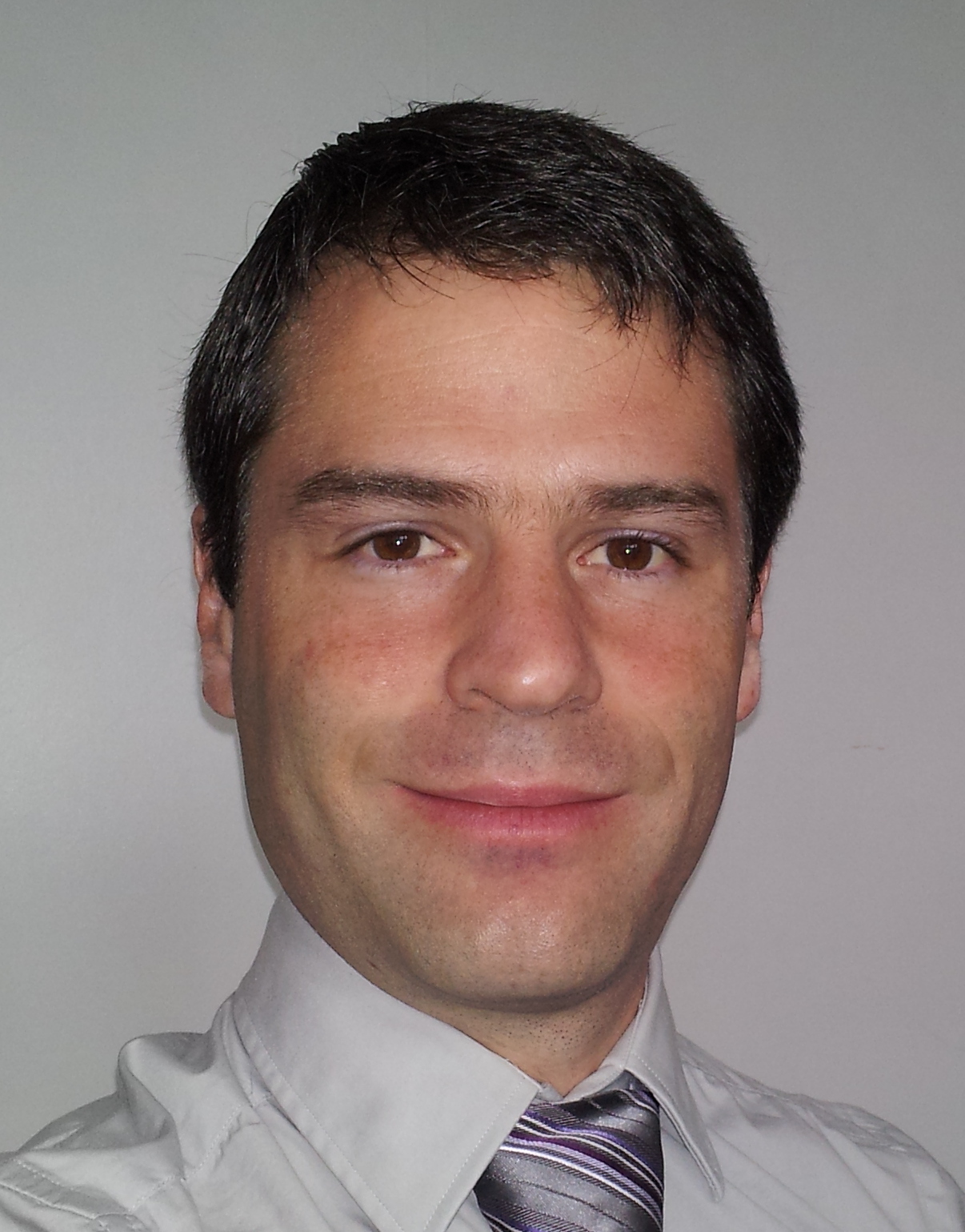
University of Birmingham, United Kingdom
Miguel Navarro-Cía (S’08–M’10–SM’15) received the M.Sci. and Ph.D. degrees in Telecommunication Engineering, and M.Res. degree in Introduction to Research in Communications from the Universidad Pública de Navarra, Spain, in 2006, 2010 and 2007, respectively. He is currently a Birmingham Fellow at University of Birmingham and he is also affiliated with Imperial College London and University College London as a Visiting Researcher. Previously, he was a Research & Teaching Assistant at Universidad Pública de Navarra (2010-2011), a Research Associate at Imperial College London (2011-2012) and University College London (2012), and Junior Research Fellow at Imperial College London (2012-2015). He worked as a Visiting Researcher at University of Pennsylvania for 3 months in 2010, at Imperial College London in 2008, 2009 and 2010 for 4, 6 and 3 months, respectively, and at Valencia Nanophotonics Technology Center for 2 months in 2008. His current research interests are focused on terahertz near-field time-domain microscopy, plasmonics, metamaterials, antennas, complex surface waves, and frequency selective surfaces.
Abstract
Given the saturation of the microwave spectrum and the increasing demand of data speed, wireless communications are being moved beyond microwaves. Evidence of this is the IEEE 802.15.3c standard for the 60-GHz band. Meanwhile, THz is becoming key for security screening because of its better resolution and material penetration compared to microwaves. In all these applications, engineers play an important role for the modelling of the propagation channel and the design of the antenna/radar system. Thus, an increasing demand of engineers with expertise on THz is foreseen for the next years. This prospect has been noticed by EurAAP and IEEE, among other entities, and different activities to promote THz are being taken (e.g., IEEE Trans. THz Science Tech., and the Course on Terahertz Technology and Applications from the European School of Antennas). Offering this Short Course at EuCAP will align with this current trend.
Course outline
Aims
This Short Course aims to provide an opportunity for attendees to familiarize with THz technology (CW and pulsed). The storyline of the Short Course will build upon the presenter’s experience with the commercial instruments ABmm vector network analyser (CW) and TDS Teraview system (pulsed) and with an in-house (University College London) near-field TDS system. Presentations, youtube videos and group discussions will be used in this Short Course. It intends to assist participants to:
- Acquire an understanding of different THz sources (CW and pulsed) and detectors
- Become more insightful about the commercially available test instruments
- Become aware of the challenges in designing THz components
Intended Learning Outcomes
By the end of the Short Course participants will be better able to:
- Classify the different commercial THz instruments according to their THz generation and detection
- Reflect upon the attendee’ beliefs about the challenges in THz technology
- Assess the suitability of time-domain (pulsed) vs. frequency-domain (CW) approach to test components
- Adopt a critical attitude towards scaling down/up microwave/optical designs for THz
- Follow-up topics introduced in this Short Course by participating in other specialized Short Courses on THz
Sections
- Why THz now? Historic introduction of THz science and technology. Current applications, trends and potential opportunities. Challenges from the material point of view. Considerations for modelling/simulations.
- THz technology: Passive components. THz sources (thermal, electrical and optical/laser based). THz detectors (thermal, coherent, others). Commercial instruments. My own experience: ABmm, Teraview and non-commercial near-field TDS
- TDS: generation & detection
